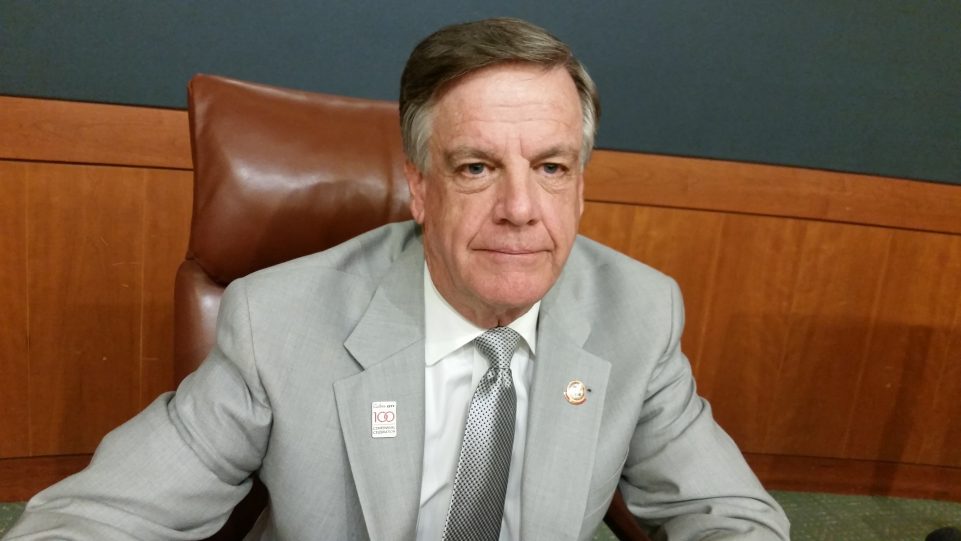With all the predictability of Tuesday following Monday, the archly divided City Council nudged over the finish line last evening two tech-laced ordinances intended to ease the community path to next year’s legalized marijuana.
A so-called urgency ordinance would allow Culver City rules to take precedence over more liberal new state regulations regarding permit seekers for retail cannabis storefronts.
“We want to protect the city,” said Councilwoman Meghan Sahli-Wells. “The state could start issuing (retail) licenses on Jan. 2.”
The now-familiar Council majority of Mayor Jeff Cooper, Vice Mayor Thomas Small and Ms. Sahli-Wells has been sailing through cannabis rules-making talks as if they were the only car on the track.
This time, however, they almost were derailed.
The urgency ordinance needed a four-fifths vote. This meant Jim Clarke or Goran Eriksson – both of whom advocate an immediate freeze on retail cannabis stores – would have to surrender his stance.
This is where the very determined Mr. Clarke essayed an unscripted drama that stole the meeting’s main headline.
He was at the center of both of the evening’s emotional interludes.
In mid-discussion of the urgency ordinance, he suddenly (and apologetically) introduced a three-part amendment that everyone knew would be stridently opposed by The Majority. (California’s strict Brown Act allows him to speak to only one person between meetings.)
Retail locations formed the heart of Mr. Clarke’s proposed amendment. He wants them in commercial centers and away from street corners.
“I am trying to protect neighborhoods and not cluster retail,” he said. “If these stores are going to be like Apple or Nordstrom’s, why not put them in commercial centers?”
While everyone else’s mind was on the urgency ordinance, Mr. Clarke startled colleagues.
Since rules would not have allowed insertion of the amendment into the urgency ordinance even if all give members endorsed it, Mr. Clarke asked for three nodding heads – the Council signal for placing the multi-branched proposal on a future agenda.
Otherwise, said Mr. Clarke, he would vote “no” on the urgency ordinance, which needed four affirmative votes. His position likely would have killed it because Mr. Eriksson was a definite “no” vote.
This dismayed Ms. Sahli-Wells. She declared shock and disappointment that Mr. Clarke would imperil the evening’s most precious package.
Eventually, after colleagues saw how serious Mr. Clarke was, they assented with three nodding heads.
The votes on both ordinances were 4-1, Mr. Eriksson demurring each time.
Mr. Clarke did not remain undefeated, though.
In a separate discussion, regarding elections, his setback came as a major surprise and disappointment.
Mr. Clarke proposed an all-mail ballot, such as Santa Monica’s successful experiment.
Mr. Eriksson seconded Mr. Clarke’s all-mail motion, and the author thought Mayor Cooper would join them. But he voted “no,” and the scheme lost 3-2.

